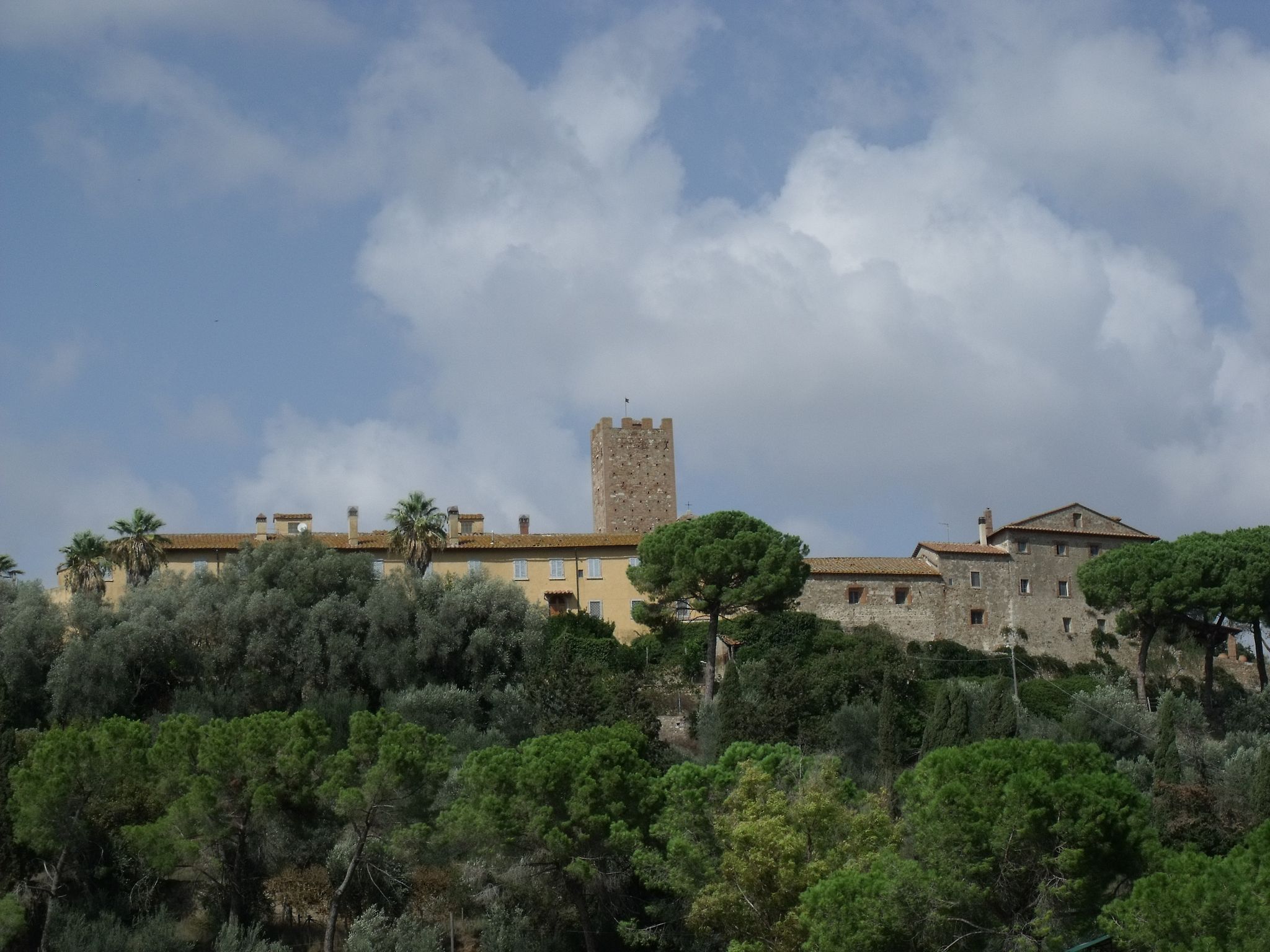Marsiliana, hamlet of Manciano |
The modern village of Marsiliana d’Albegna is in the municipality of Manciano, in the province of Grosseto. It occupies the south-eastern branch of the floodplain of the Albegna river, where the valley leaves the plains and winds into the hills. Its strategic position, overlooking one of the most important waterways of the region, and thus controlling trade and communication, together with fertile soils have favoured, since ancient times, the founding and development of numerous settlements visible in its archaeology. The oldest evidence comes from the Castle Hill, a hillock which, although modest in height, is very noticeable from the plain, being the most prominent feature in the area. The Princes of the Corsini family have had a residence, the castle, atop this hill since 1761.
|
Map Marsiliana d'Albegna | Enlarge map
|
|
||||
14. Cuore di Maremma | The Heart of Maremma (GR5)
|
||||
16. Poggio Foco
|
||||
18. Sulle strade dei campioni | Along the routes of the Champions
|
 |
|||
28. Le colline di Manciano e Capalbio | The Hills of Manciano and capalbio
|
 |
|||
|
||||
Tablet from Marsiliana d’Albegna, Etruria, seventh century BC. Probably used for teaching the alphabet, this tablet provides the earliest evidence for the importation of the archaic Greek alphabet into Etruria; the letters were written from right to left, as in Phoenician, and the alphabet contains several letters such as delta that were dropped from the Etruscan script because the sound did not exist in Etruscan speech.[3] |
||||
 |
||||
The earliest Estruscan abecedarium, the Marsiliana d'Albegna tablet, which dates to c. 700 VCE.
|
||||


